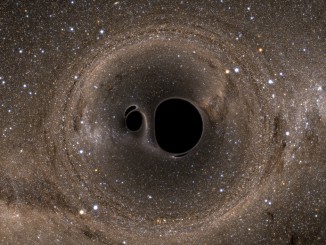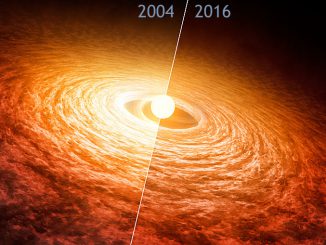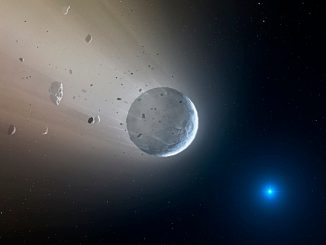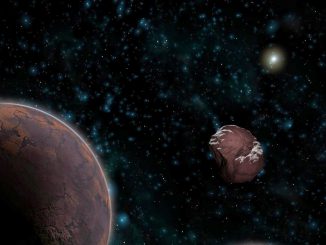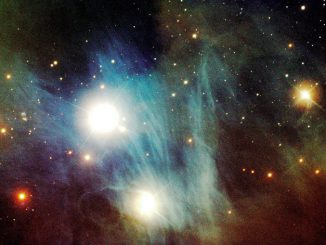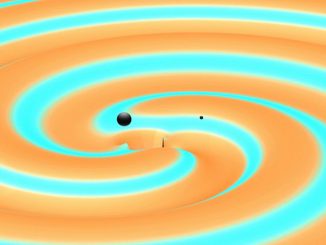
Did gravitational wave detector find dark matter?
A matter of scientific speculation since the 1930s, dark matter itself cannot yet be detected, but its gravitational effects can be. Now, eight scientists from Johns Hopkins University consider the possibility that the first black hole binary detected by LIGO could be part of this mysterious substance known to make up about 85 percent of the mass of the universe.

